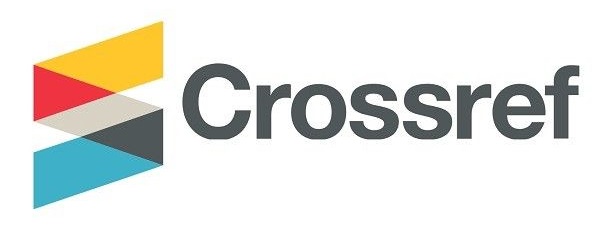Effect of Groundnut (Arachis Hypogea L.) Varieties as Influence by Sowing Date and Weed Control Methods in Semi-Arid Environment Nigeria
DOI:
https://doi.org/10.37745/bjmas.2022.0477Abstract
Two field trials were conducted during the 2023 growing season to find out the effect of sowing dates and weed control methods on groundnut at Teaching and Research Farm of Federal University Dutsin-Ma 11058`N, 80 26`E and 475m above sea level and Agricultural research farm Tambu-Daura (110 33’ N, 80 23’ E and 481m above sea level) Katsina State Nigeria. Treatments consisted of 3x3x4 factorial combination of three groundnut varieties (SAMNUT 24, SAMNUT 26 and Kwan-kwasiya), 3 different sowing dates (end of June, 1st week of July and 2nd week of July) and four 4 weed control methods (use of Imazethapyr as post emergence herbicides 1st and 2nd), application of post-emergence herbicide (Imazethapyr) + 1 hoe weeding at 6WAS, manual weeding at 3 and 6WAS, and control) replicated three times. The treatments were laid out under split plot design (SPD). Results from the study revealed that groundnut variety had a significant effect on growth of groundnut at the two locations. SAMNUT 24 significantly (P≤0.05) performed better than SAMNUT 26 and local variety (Kwankwasiya) at both locations on Number of days to 50% flowering and Number of branches per plant, although there were no consistent differences recorded at the two locations on crop injury per plot and weed cover score per plot but in most of the sampling stages local variety (Kwankwasiya) significantly (P≤0.05) recorded the highest values followed by SAMNUT 24 and SAMNUT 26 respectively. Results also indicated that sowing date had a significant (P≤0.05) effect on most of the parameters tested at the two location and sowing groundnut at the end of June and 1st week of July recorded the highest performance than planting of groundnut at the 2nd week July. However, manual weed control method by using hoe at 3 and 6WAS significantly (P≤0.05) outperformed better than three other weed control methods tested at both the two locations but on parameters like crop injury and weed cover score per plot control plot (un weeded plot) recorded the highest value followed by use of chemical only (Imazethapyr) and the least was obtaining from manual weed control and use of Imazethapyr+1hoe. In a nutshell the results indicated that combination of SAMNUT 24, sowing of groundnut at end of June or 1st week of July and manual weed control method seems to be most effective and recommended in Semi-arid Zone Nigeria.
Downloads
Downloads
Published
Versions
- 03-05-2024 (2)
- 03-05-2024 (1)












